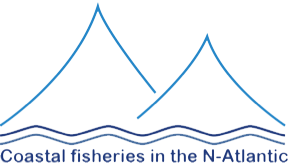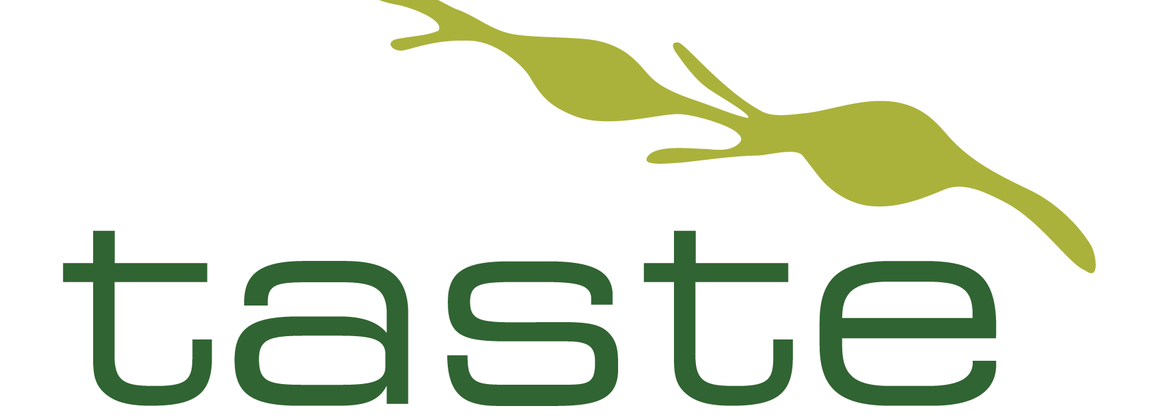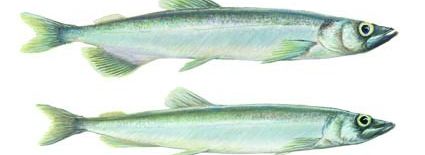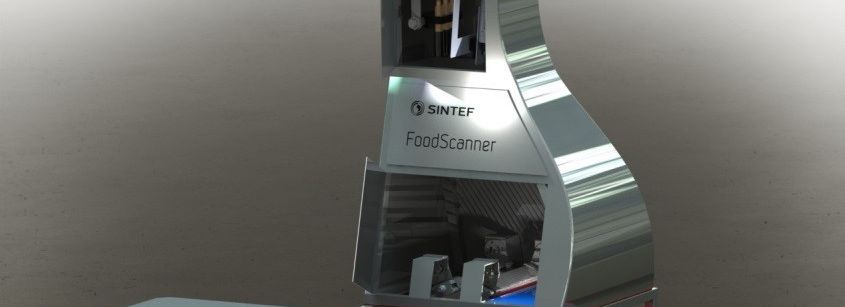All decisions, large and small, are made on the basis of information and knowledge, so one would think that one of the nation's most important industries would be full of data that could be relied on. When looking for answers to many pressing questions about development and value creation in the Icelandic fisheries sector, it often becomes clear that information is not available or that it does not stand up to scrutiny.
Now it is not the case that it is not possible to draw the big picture, the catch of all species is a known size and the total export value is also available, but when assessing, for example, the development and innovation of individual species or products, it is often more difficult.
Great emphasis has been placed on registering all catches and this is of course closely monitored, but when it comes to exports, another system based on the registration of exports according to customs register numbers takes over.
The Customs Tariff is intended to be the system that is to cover all products transported to and from the country. The system used in Iceland is based on a harmonized international numbering and classification system that is used by over 200 nations, so that basically cod with the same number is used in most parts of the world. This applies to the first six digits, then nations can extend the number and add a detailed product analysis. In Iceland, it has only been possible to add two digits due to the limited capacity of databases in use.
The information that exporters place on export papers and return to Customs is then the basis for the publication of data at Statistics Iceland, so that if exporters are throwing their hand in the provision of information, the information published by Statistics Iceland will be less noticeable. As exports are not the subject of fees in this country, it is obvious that control of the correct registration is limited, it does not really take place until in the country of import because then the product must be linked to the correct customs number of that country.
When looking at export figures, the first stop is to look at the product description and find out what is meant or what is not meant, it can be very difficult to get a clear picture of the products listed in certain tariff codes. Product descriptions are often very open and can refer to different products, but over 100 terms are used to describe seafood in the Customs Tariff and there are no further explanations for these terms.
It is possible to pick up many examples of contradictory product descriptions and it is clear that there is a lack of product knowledge when compiling them, but it must be borne in mind that the Customs employees have various other things on their plate than compiling product descriptions for seafood. Customs register numbers for seafood are just a few hundred, while the customs register as a whole contains thousands of other product descriptions, so it is important that the seafood industry is involved when planning such an important database.
It is the fisheries industry that benefits first and foremost from good and detailed information on how to succeed in value creation and utilization of seafood, because in the information the opportunities will be visible.
Despite a considerable revision of the 2012 tariff schedule and an increase in the number of numbers, it is by no means possible to identify in any way the utilization of individual species, which can be seen in the fact that the fourth most valuable species imported from Iceland is "other fish" or "various species". are products where no specific fish species is mentioned in the product description. This "other fish" yields about 10% of the total value of exported marine products.
There are affirmations about such and such great utilization of individual species and people are beating their chests and claiming that we are superior to other nations. But it is not possible to say anything like that unless there is better information about all the products. While different products are collected in individual customs register numbers, it is not possible to calculate back and say what the utilization of the catch is.
Those who have come close to processing seafood know that it is important to know whether fish is with or without head, gutted or ungutted, fillets with red and bone or skinless and boneless, etc., if this information is not available then it is impossible to calculate out the total utilization of individual species.
Matís has been in a collaborative project with the Directorate of Customs, Statistics Iceland, the Association of Fish Processing Plants, the National Association of Fish Farms, Icelandic and Iceland Seafood, where these issues have been reviewed. The project was funded by the AVS Fund. The report "Increased value of data" can be found here (best viewed in Acrobat Reader).
The result of the project is a summary of what the situation is and how the current information system is not getting a good enough handle of this data that is being created. There is also a proposal for improvements and how very detailed information could be obtained on all types, values and utilization, but in order to achieve this, product descriptions must be harmonized and it must be ensured that there is the same understanding of the terms used. There are now definitions for the product descriptions and they have a number of pictures to better show what is meant.
This new proposal will simplify all registration and can in fact make the preparation of special Icelandic tariff codes for seafood completely unnecessary, but still offer much more detailed information.
It will then be possible to answer almost all possible questions regarding value creation and utilization of seafood, and thereby make sensible decisions, based on the best available information, on everything related to the utilization of the resource.
For further information Páll Gunnar Pálsson at Matís.










